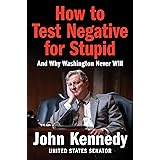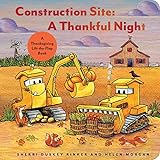Unlock the Secret to Crafting Characters That Stay with Readers Long After the Last Page
However, an arc can take a negative trajectory, in which case a character worsens over time. For example, a character who is good turns bad. An example would be Anakin Skywalker’s journey toward becoming Darth Vader in the Star Wars franchise.
Character arcs primarily affect the protagonist, but other characters can undergo transformation too, making a story more dynamic.
Tips for Creating Dynamic Characters
- Dialogue and behavior. From the way they talk to how they behave, each character should be distinct. Make sure characters don’t sound and act alike.
- Names. Esmeralda doesn’t sound like a soccer mom, and Joe doesn’t sound like an evil sorcerer. Make sure the names you choose for your characters match their personalities and the roles they play in the story. This will make them more memorable.
- Goals. Some say that characters’ goals drive the entire story. He wants to slay the dragon; she wants to overthrow the evil empire. Goals can be small (the character wants a new car) or big (the character is trying to save the world). Just about every character in a story has a goal.
- Strengths and weaknesses. Villains sometimes do nice things, and heroes occasionally take the low road. What are your characters’ most positive and negative behaviors and personality traits?
- Friends and family. These are the people in our inner circles, and they play important roles in shaping our personalities and our lives. Who are your characters’ friends and family before the story starts? What new friends will they meet once the story begins?
- Nemesis. A nemesis is someone with whom we are at odds. This character doesn’t have to be a villain, but the goals of the nemesis definitely interfere with your main character’s goals.
- Position in the world. What do your characters do for a living? What are their daily lives like? Where do they live? What is a character’s role or position among their friends, family, or coworkers?
- Skills and abilities. Characters’ skills and abilities can get them out of a tight spot or prevent them from being able to get out of a tight spot. What skills and training do your characters have? What skills and training do they lack? Will they acquire those skills?
- Purpose and function. Can you identify a purpose for every character in a story? Do some characters perform one function while others perform multiple functions?
- Fears. An old fiction writing trick is to figure out what your character is most afraid of, and then make the character face it. Give each character a fear, even if they never face it in the story.
To get more insight on creating characters, pick up a copy of What’s the Story? Building Blocks for Fiction Writing.



















